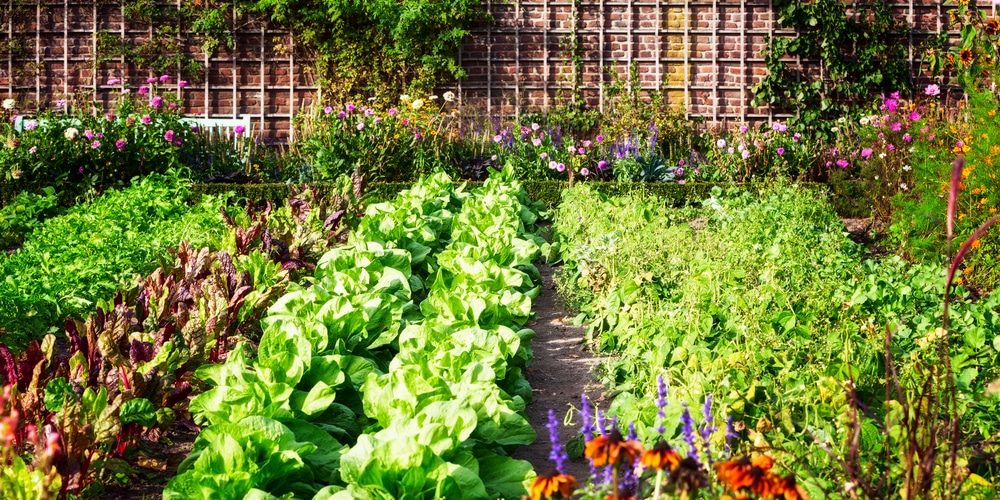Many people have a vegetable garden in their backyards. Vegetables are an excellent addition to any diet, and they represent a way for many families to save money on food. One problem that many gardeners face is grass growing up through the dirt.
The grass is not edible, so it can be frustrating to find yourself constantly pulling out blades of grass from your vegetables =. This article will discuss how you can get rid of grass in your vegetable garden permanently!
How Does Grass Get in a Vegetable Garden?
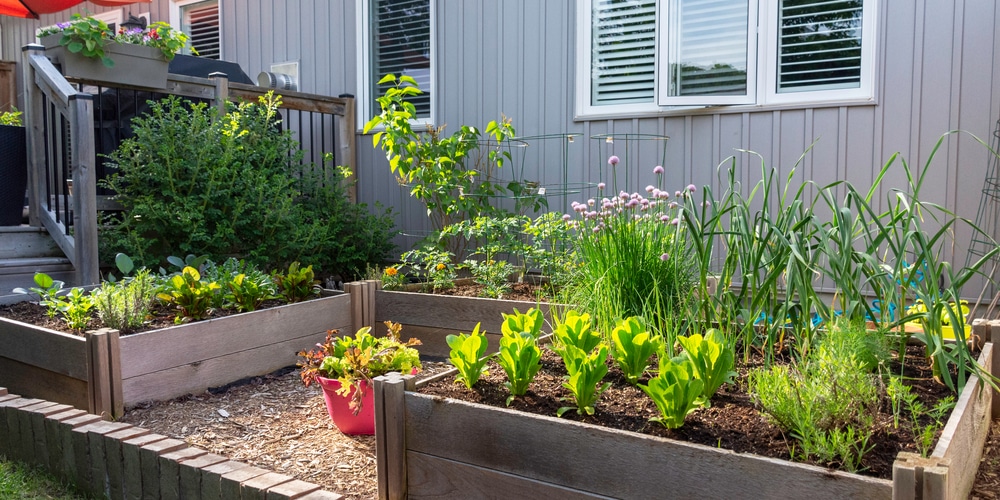
Grass in a vegetable garden is simply the presence of grass growing amidst your vegetables. This can happen for many reasons, including:
- Overcrowding of plants due to lack of space or improper gardening techniques. Vegetables are generally spaced apart evenly, so their leaves have room to grow without touching other ones. If they are overcrowded, plants do not have enough room to grow, and the grass is allowed to take root.
- Watering or fertilizing your garden incorrectly can help encourage grass growth in a vegetable garden. Vegetables require more water than other plants, so you should avoid overwatering them if possible. If they are watered too frequently, and there is a lot of excess water runoff, the grass will have an opportunity to grow. Fertilizing your garden with a high nitrogen content can also help the grass take root and thrive.
- Poor soil quality can also be blamed for grass growing in a vegetable garden. If the soil is too sandy or acidic, it will not be hospitable to plants. Vegetables require soil with many nutrients, so you should consider adding compost or manure to the garden before planting anything new in it.
Solutions for Getting Rid of Grass in a Vegetable Garden
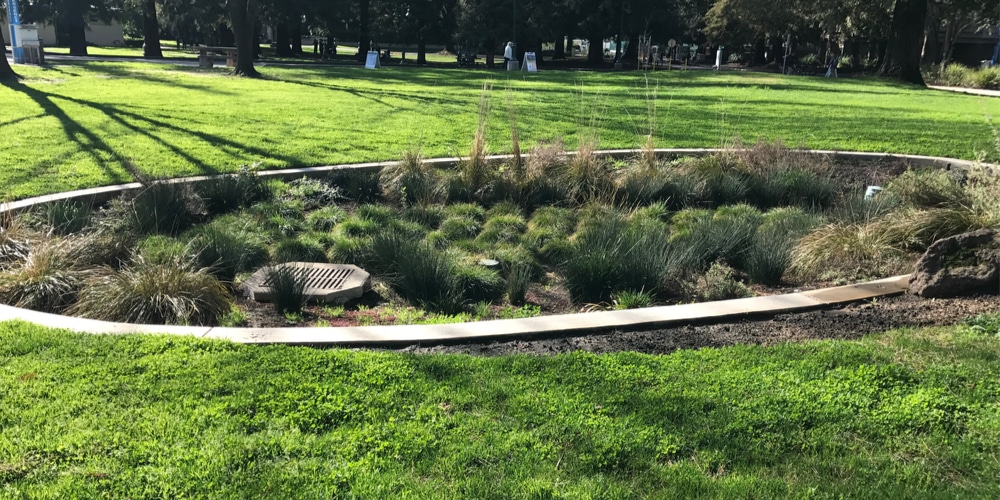
The best way to get rid of grass growing out of your vegetable garden is by doing preventative maintenance on it! Here are a few tips for getting rid of grass in your vegetable garden:
Pull the Grass Up By Hand
Pulling up the grass by hand is the easiest way to get rid of it. This should be done frequently, as just one missed patch can lead to more grass growing from underneath your vegetables. Pinch off at least an inch or two of each blade of grass and dispose of it in the garbage.
Use a Hoe
Using a hoe is also an effective way to get rid of grass from your vegetable garden! You can use a regular garden hoe, or you may want to consider buying one with teeth on its edge, like this push-type weeder. When using a traditional hoe, chop at the bases of the grass plants and then pull them out. For taller grass, you can use a weed eater to cut it down before attempting to remove it from the garden.
Mulch
You can also try using mulch in your vegetable garden to help prevent grass from growing. Mulch is a layer of material spread on top of the soil in the garden. It helps keep any grass that may be present from growing by blocking out sunlight and preventing air circulation around the plants’ roots. There are many different types of mulches you can use, including:
Plastic sheeting is a standard option for keeping weeds down while still growing your vegetables. Black plastic works best as it blocks out the most sunlight. Be sure to overlap any seams and secure them with rocks, soil, or some other type of fastener so that they do not come apart and allow weeds inside your garden!
- Pine needles also make an excellent mulch, as they are easy for you to get ahold of and will help prevent grass from growing. They are also acidic, which will help to keep the soil in your garden healthy.
- Straw is another good option for mulching a vegetable garden. It helps to retain moisture in the soil and can be applied easily by spreading it on top of the ground. Be sure to use straw that has not been treated with any chemicals, as this could harm your vegetables.
- Gravel is a more aesthetically pleasing option for mulching and can help keep out weeds, but it does not retain moisture in the soil as straw or pine needles do. It also doesn’t add any nutrients to your garden’s soil and will need to be replenished if you want plants to grow correctly.
Why You Should Get Rid of Grass in a Vegetable Garden
Many people will ask why gardening enthusiasts would want to remove grass growing inside their raised beds or planters. The answer is simple: grass competes with vegetables for sunlight, water, and nutrients.
Grass can quickly take over a garden if left untreated, so it is essential to remove it as soon as you notice it starting to grow. By following the tips in this article, you can keep your vegetable garden looking neat – without any grass!
Grass Growing on Top of Mulch
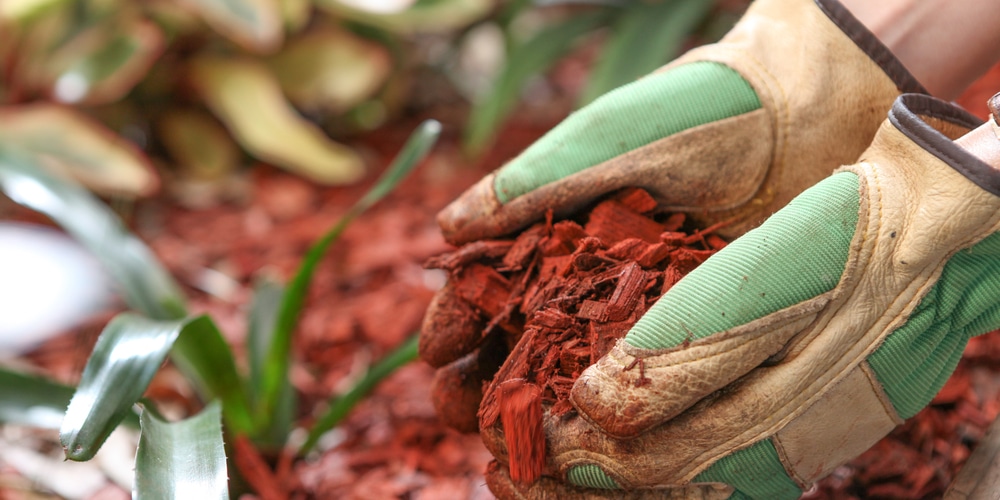
Some people will use mulch in their vegetable garden to help prevent weeds and retain moisture, but they may notice that some patches of grass start growing to overtop the mulched area. If this is happening, there are a couple of ways you can deal with it:
- You can try using a different type of mulch. Try switching to pine needles or gravel instead if you are using a straw.
- If the grass is only growing in certain spots, you can remove the mulch and replace it once it has been killed off. Be sure to use a fastener like rocks or soil to keep it in place to not get blown away.
- You can try using weed killer to kill off the grass growing on top of your mulch, but be careful! Some types of weed killers only work for plants that are actively growing (like during summer) and will do nothing if applied when there is no growth happening. Before using any weed killer in your vegetable garden, be sure you read the instructions carefully.
- You can also try using black plastic sheeting in place of mulch. This will block the sunlight and prevent grass from growing, but it does not retain moisture like other mulch types. Be sure you overlap any seams when putting down the plastic so that no weeds have a chance to grow!\
Examples and Tips for Successfully Getting Rid of Grass from Your Veggie Plot
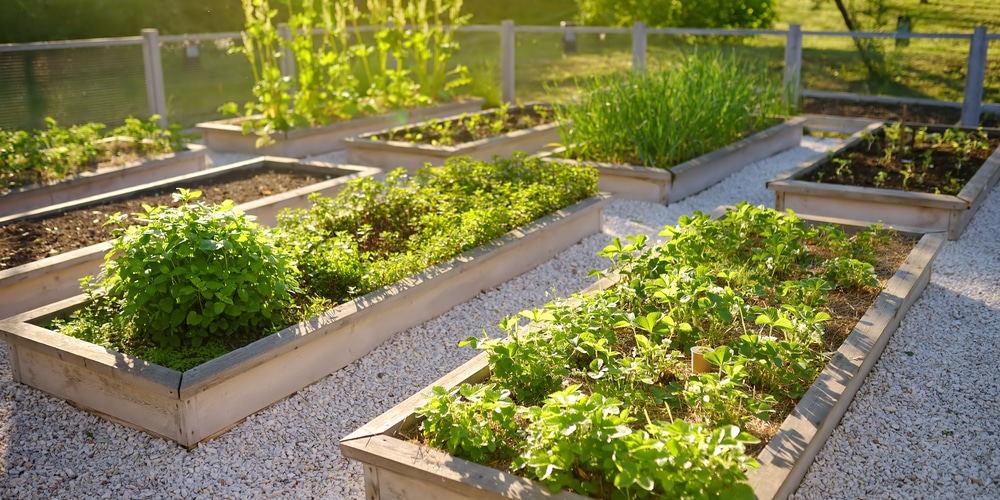
If you’re noticing pesky grass still growing in your veggie plot, don’t fret! There are many different ways to get rid of it. Here are a few examples:
- The grass is very easy to remove when it’s small and has not yet taken root in the soil. If you catch it early enough, use a handheld weeder or a hoe to get rid of it.
- Another way you can kill off grass is by using boiling water; pour it on the offending blades, and they will die almost instantly! Make sure you don’t use too much, as this could harm your veggies if they grow nearby. If there’s one thing about getting rid of grass in your veggie plot, it’s that you need to be careful not to damage any of the vegetation!
- If boiling water doesn’t work for you (or if there are already veggies growing nearby), try using a glyphosate-based weed killer. Be sure to read all instructions carefully before applying and wearing gloves while handling this product!
- You can also try using a vinegar-and-water solution to kill off the grass. The acetic acid in the vinegar works as a natural herbicide and will effectively remove any pesky blades you come across. This is one of our favorite ways to get rid of grass growing near your veggies because it’s much safer for human use than some other products on the market.
Conclusion
Remember, you can use a mulch to keep weeds from growing in your veggie plot, but if some grass manages to poke through it, make sure you get rid of it quickly! Grass competes with vegetables for water and nutrients, so removing any blades poking up will help your veggies thrive. Just be careful not to damage the surrounding vegetation when you’re getting rid of the grass.
